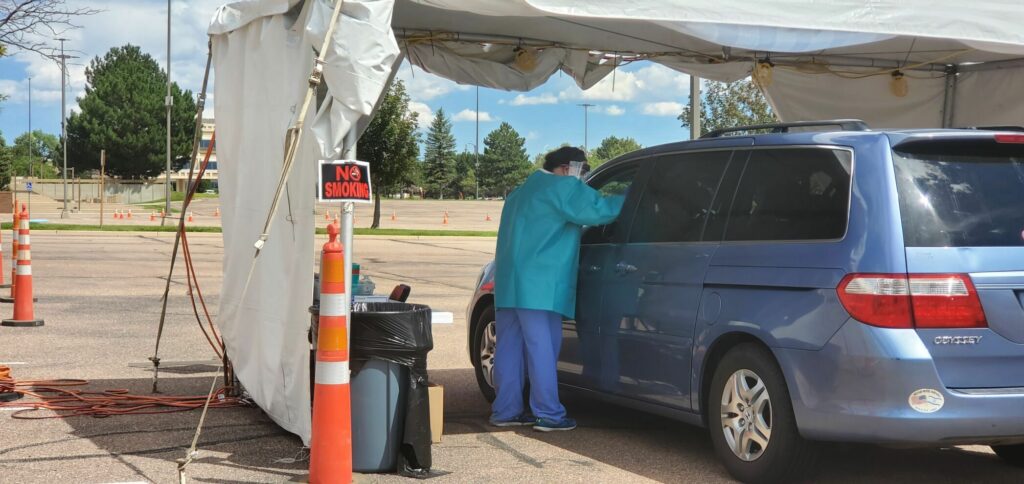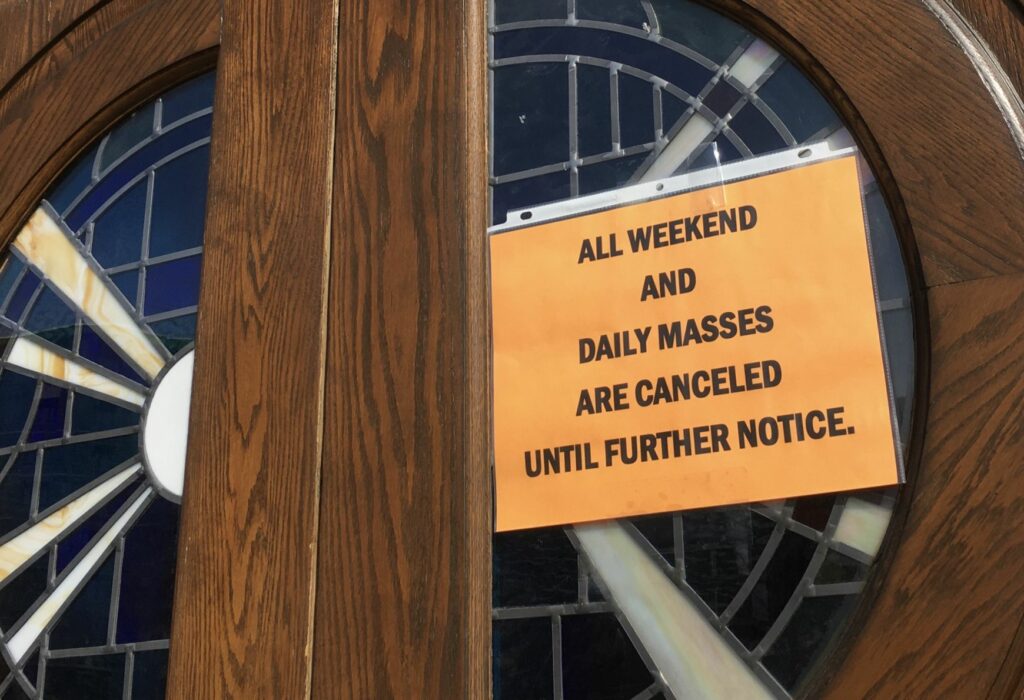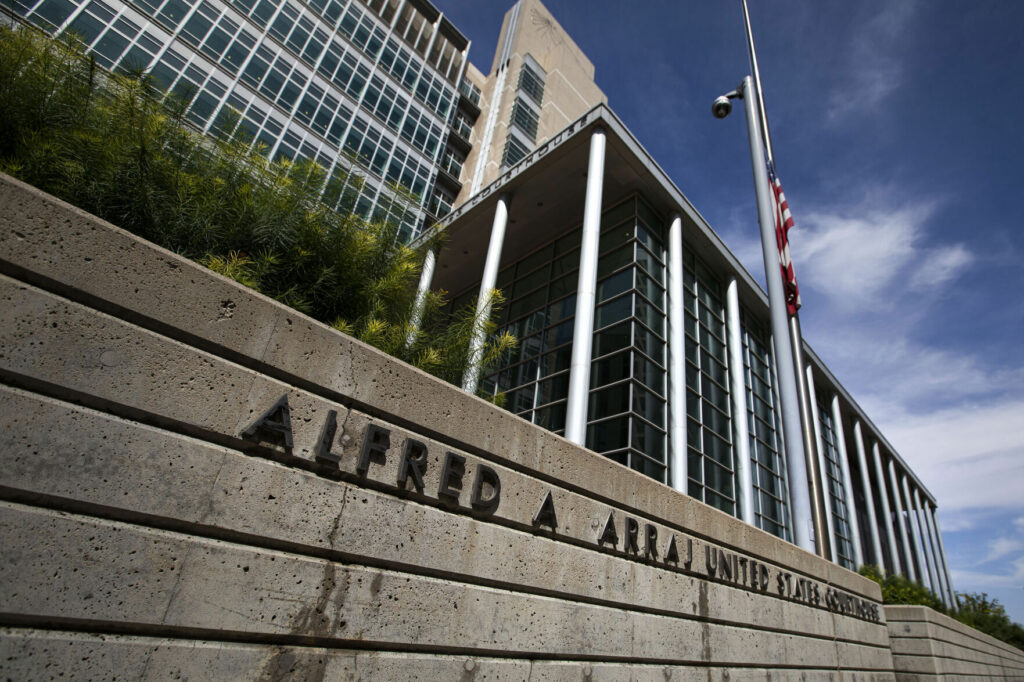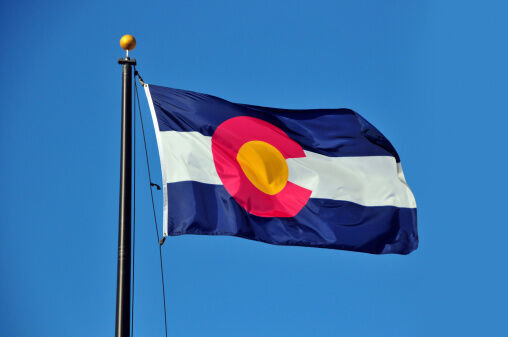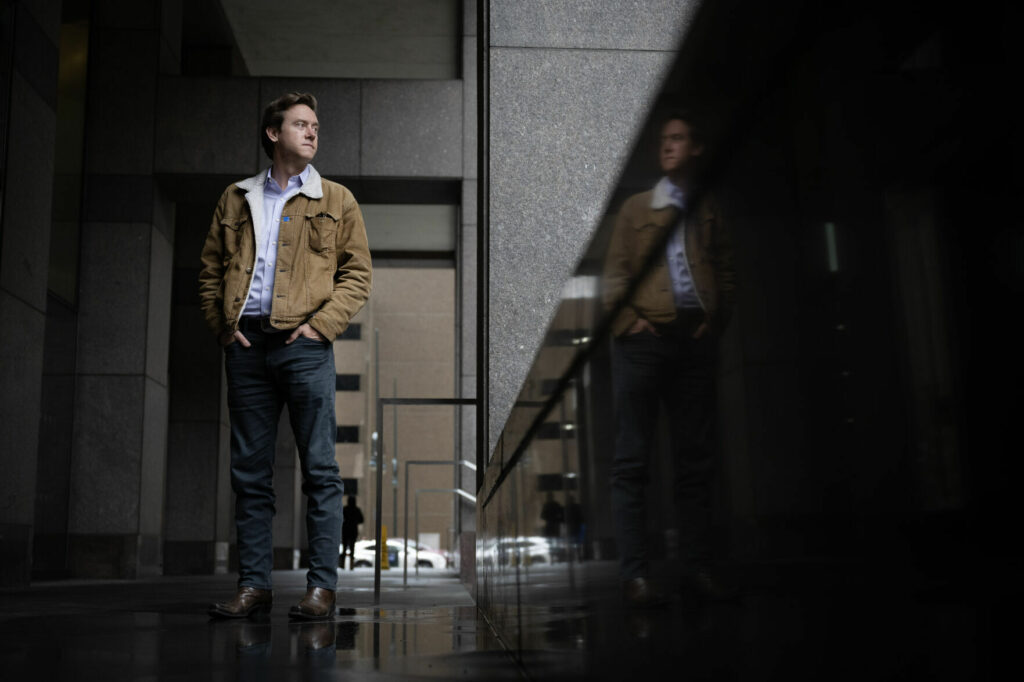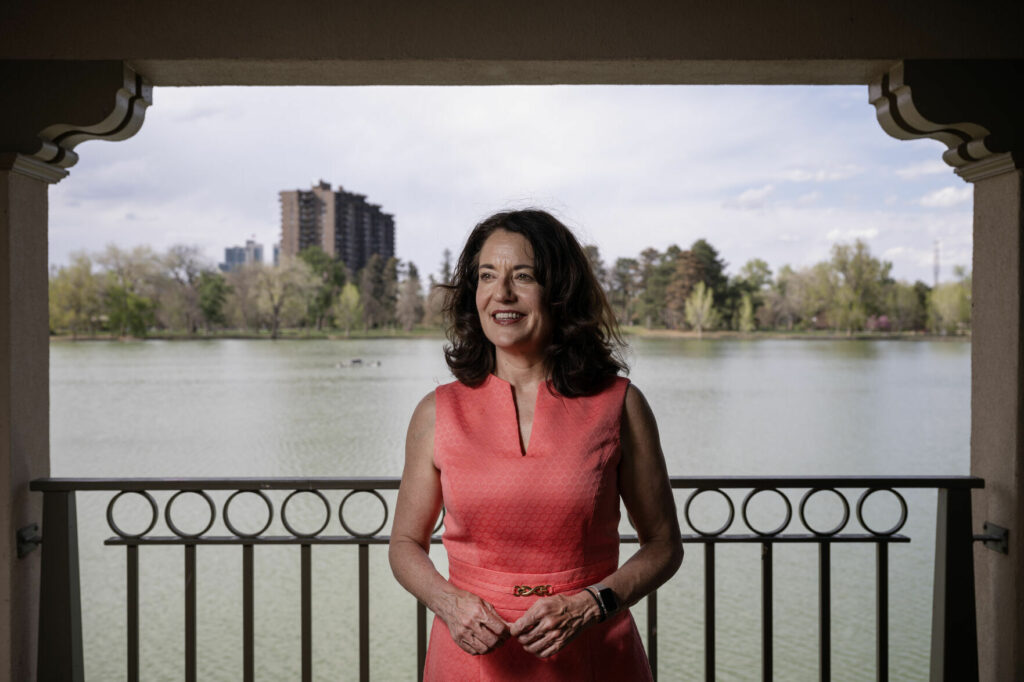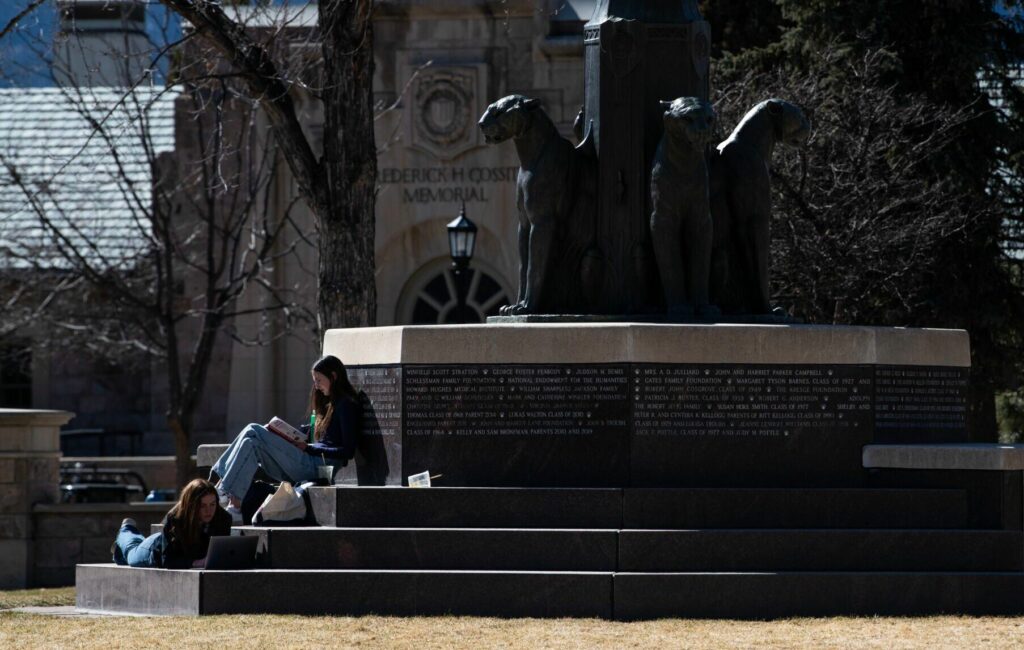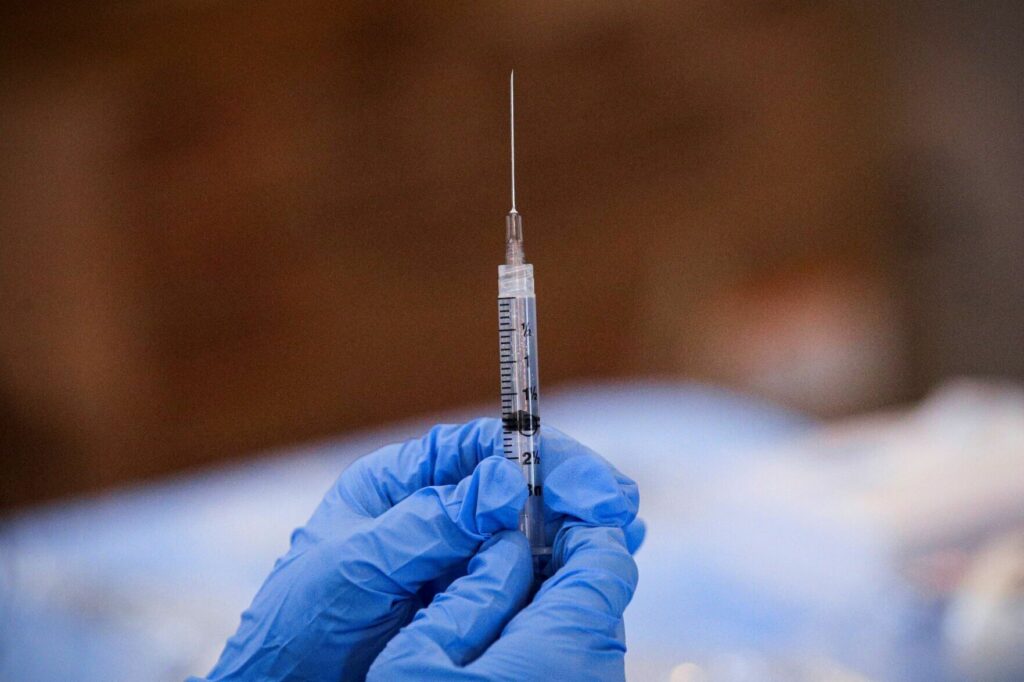‘Step Up Colorado,’ says Gov. Jared Polis, announcing media campaign in move to quell rising COVID-19 cases
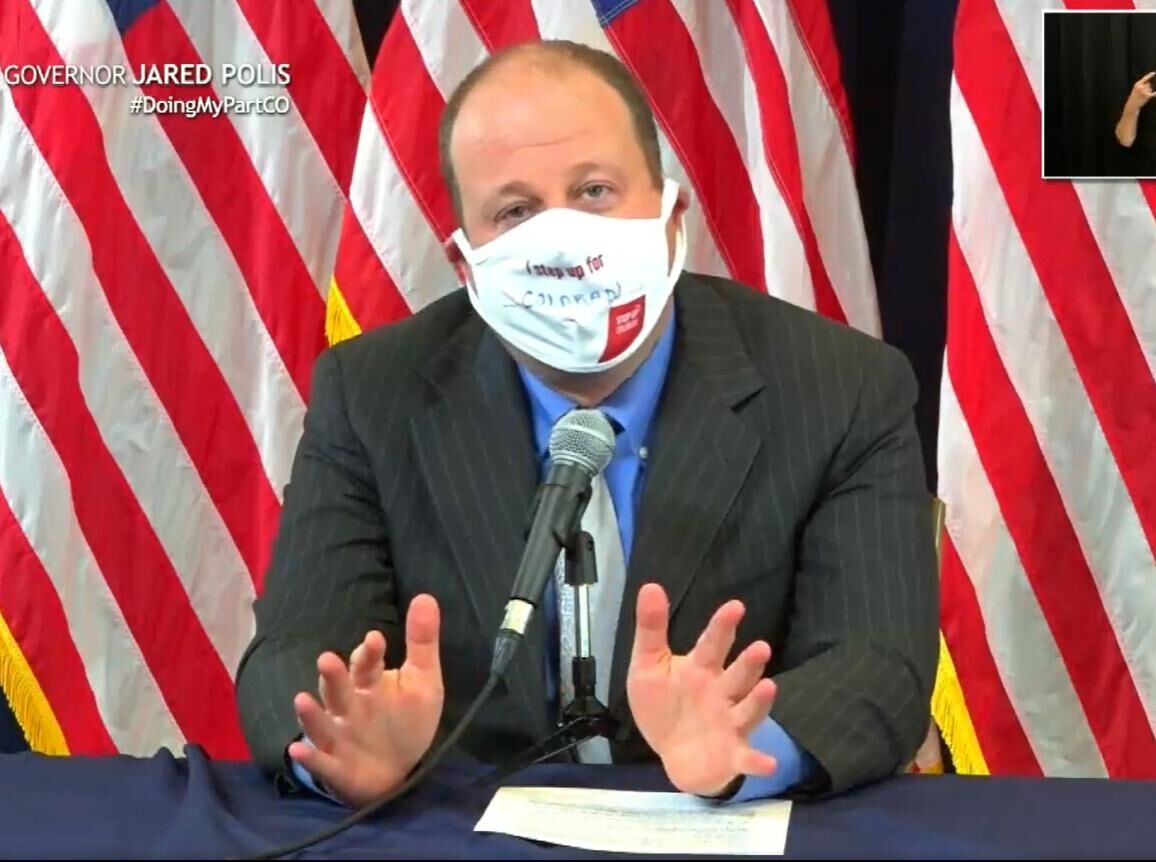
With cases of COVID-19 surging in nearly half the state, Gov. Jared Polis on Tuesday announced a media campaign designed to plead with Coloradans to take seriously the precautions necessary to prevent more cases of the novel coronavirus.
The campaign, Step Up Colorado, launches on social and digital media and onto TV and radio in the coming weeks. The campaign, which is being paid for with CARES Act funds, will run through the end of the year. It will emphasize the importance of wearing masks and maintaining social distancing of at least 6 feet.
Colorado reported 1,208 new cases of the virus Tuesday, and a positivity rate of 6.24%. The World Health Organization recommends a positivity rate of less than 5%.
Polis attributed the growing outbreak to small gatherings, and encouraged people to congregate with no more than one other household.
Colorado’s “R” value, which tells public health officials how much the virus is spreading, also is on the increase, at 1.51. That means each person with the virus is spreading it to more than one other person. The state’s goal is for an R value under 1.
Hospitalizations also are on the rise, Polis said, with 417 Coloradans now in hospitals. That’s about one out of every four beds, the governor said, but that does not mean the state has 1,800 beds just for COVID-19 patients. Those beds are also needed for people with other medical issues, such as heart attacks or injuries.
“I know we’re all tired of this,” Polis said. “We have a short window of time to get this back under control before the holiday season.”
The governor also spoke about his reluctance to impose a statewide mask mandate, which happened July 17 and which has been extended several times.
“It was tough for me to do a statewide mask order, but what convinced me to do it” was that Coloradans were not wearing masks but would do so if the governor said so, and “they wanted me to formally say so.” That led to a 20% increase in mask-wearing, he said.
Dr. Jonathan Samet, the University of Colorado School of Public Health dean and head of the research group, said the current level of new daily cases bodes poorly for where the number of hospitalizations are headed in coming weeks.
The one piece of good news: Boulder County, which was a COVID-19 hotspot just three weeks ago, has now reduced its daily COVID count from 150 cases per day to about 25 or 30. That’s thanks to strong measures implemented by the Boulder County Public Health Department, Polis explained.
State epidemiologist Dr. Rachel Herlihy had a sobering update on the trajectory of the virus. According to the Colorado Department of Public Health and Environment’s dial dashboard, four counties have reached the worst rate of infection, the “Stay at Home” level, although requiring those counties to take that step is not yet being considered. The four counties are Adams, and on the northeastern plains, Logan, Sedgwick and Yuma.
In those counties, case counts are above 350 per 100,000 population.
CDPHE Executive Director Jill Hunsaker Ryan explained that they’ve asked counties with surging case counts to develop mitigation plans, and most have done that. The department will check in again in about 10 days, she said, and will decide then whether to move to more stringent measures or if they’re able to decrease their case counts, relax restrictions.
Combined with growing case counts statewide, Herlihy said that hospitals could be overwhelmed by mid-November if the virus is not brought under control. This could exceed the spring wave, Herlihy said. Intensive care unit beds are also a concern, she explained. The state has “very little wiggle room” on ICU beds, which could be overwhelmed by mid-December. Once ICU bed capacity is breached, she said, that’s when the death count could surge.
In other news:
• The press conference also included the announcement of a $1 million grant program, also funded with CARES Act dollars, to help Colorado farmers and ranchers, especially if federal aid has been insufficient to help them deal with the effects of the pandemic.
The program is the Colorado Farm & Food Systems Respond & Rebuild Fund, and applications will be accepted now through Nov. 9. Grants will be distributed by the independent Colorado Farm & Food Systems Response Team, “a group of 14 food-systems organizations that has already allocated more than $370,000 in donor funds to producers and intermediaries in 2020,” according to the program’s website.
Those eligible for grants include small and mid-size producers, with annual gross revenues of between $1,000 and $1 million from sales to farmers markets, restaurants, consumers, schools, stores and other purchases. Those who sell within local and regional Colorado markets are also eligible, as are food processors.
A statement from the Colorado Department of Agriculture said that Colorado agricultural producers are eligible for grant awards up to $12,500. Farmers’ markets, food hubs, processors, and other intermediaries that support producers are eligible for up to $50,000.
• Polis also gave an update on the state’s record-setting wildfires, with Cameron Peak now at 205,005 acres and about 51% contained. He said that Dan Gibbs, the executive director of the Department of Natural Resources and a certified type 2 wildland firefighter, was called up to help with Cameron Peak on Saturday. Gibbs also was called up in August to help with the Grizzly Creek fire near Glenwood Springs.
Note: This article has been updated. Reporter Evan Wyloge contributed to this article.




